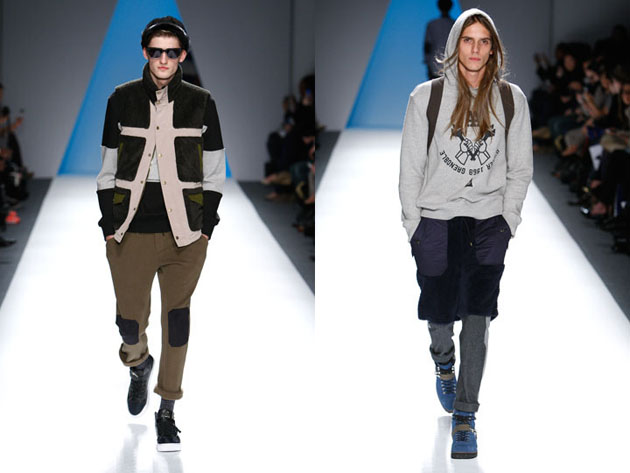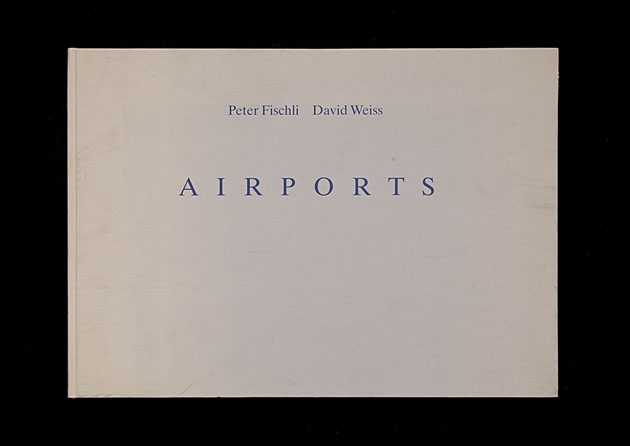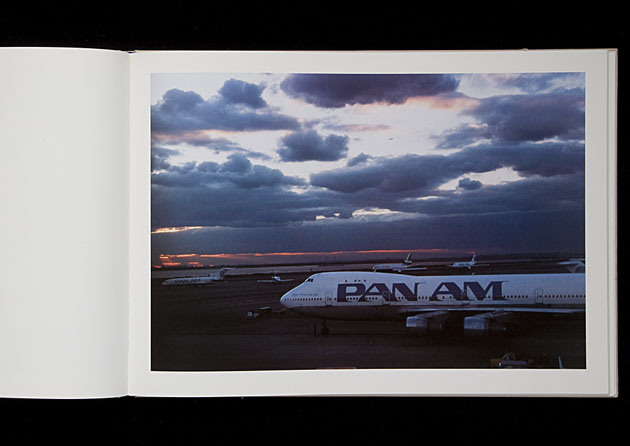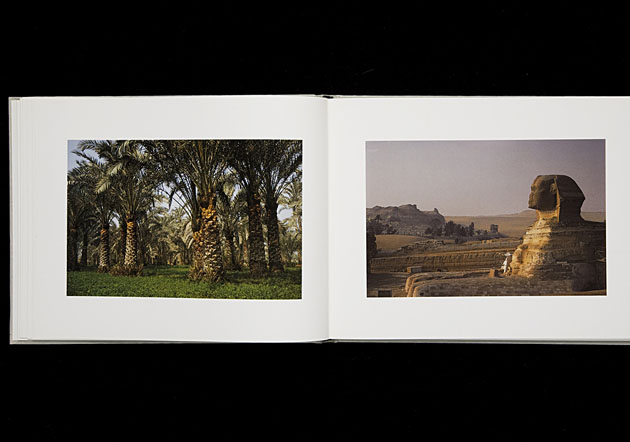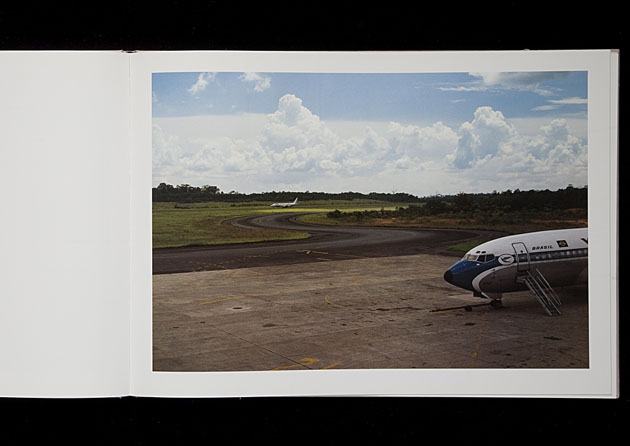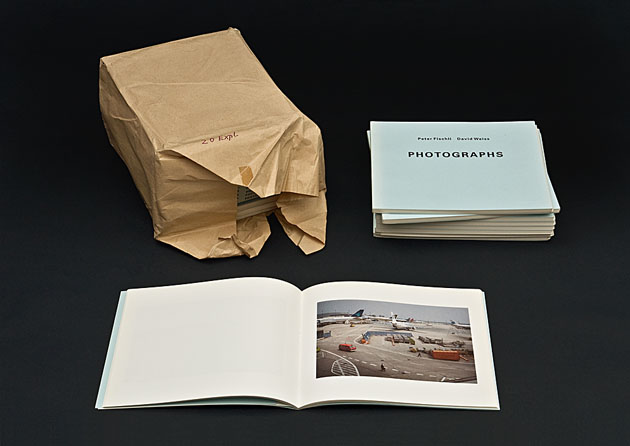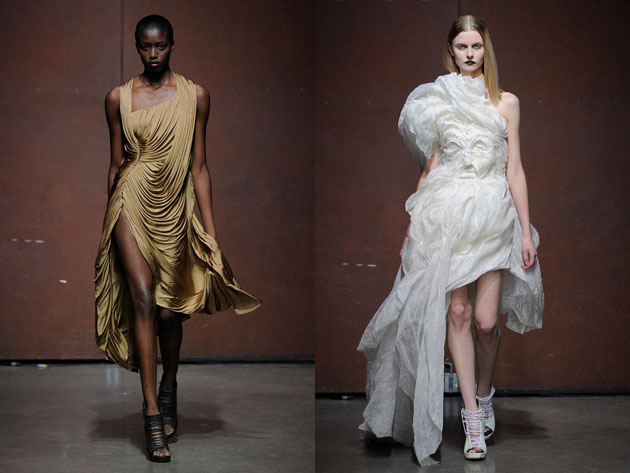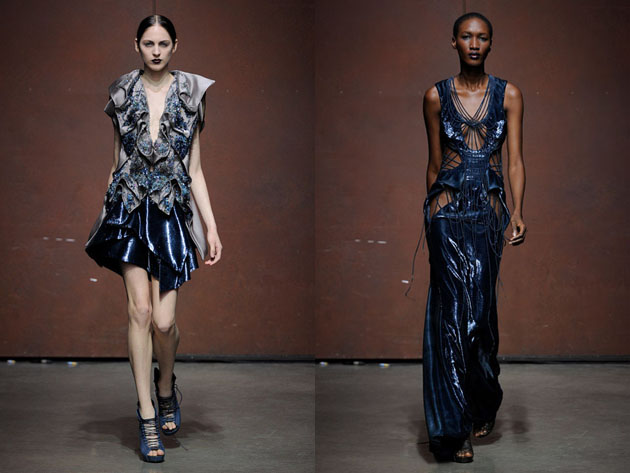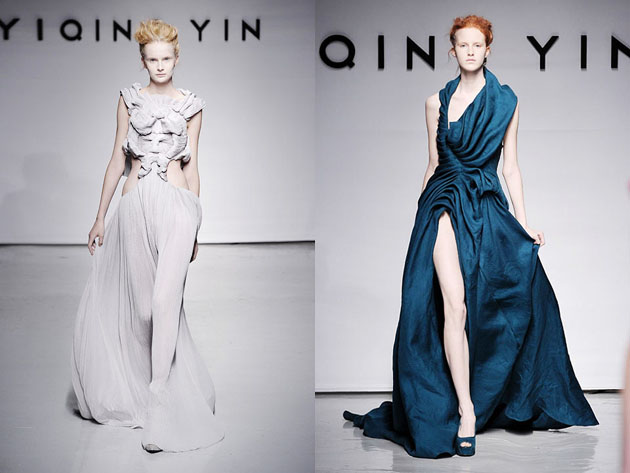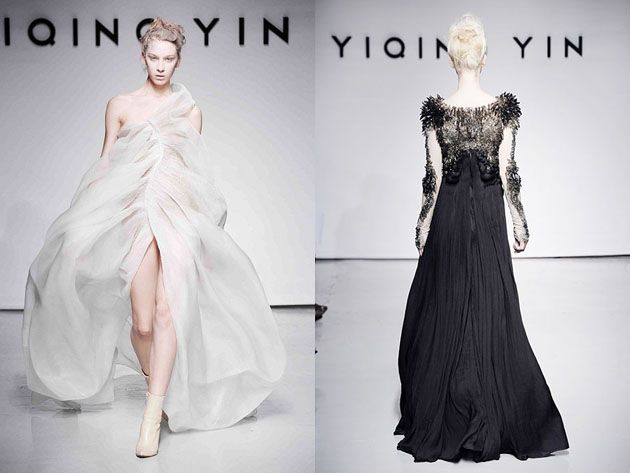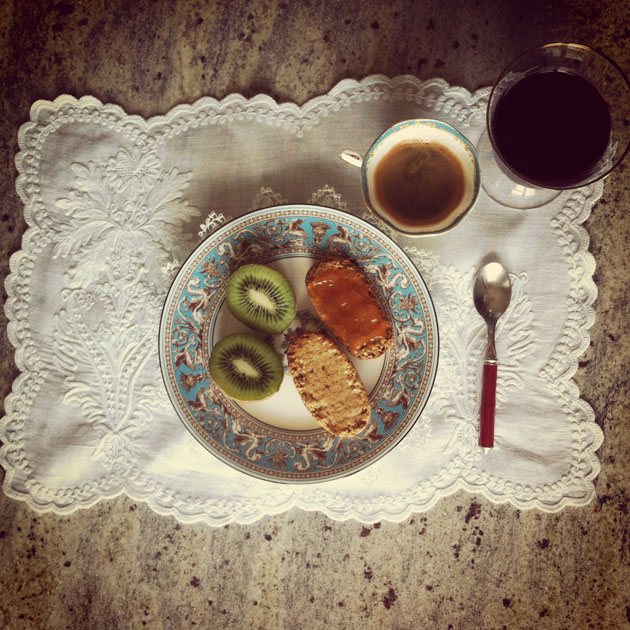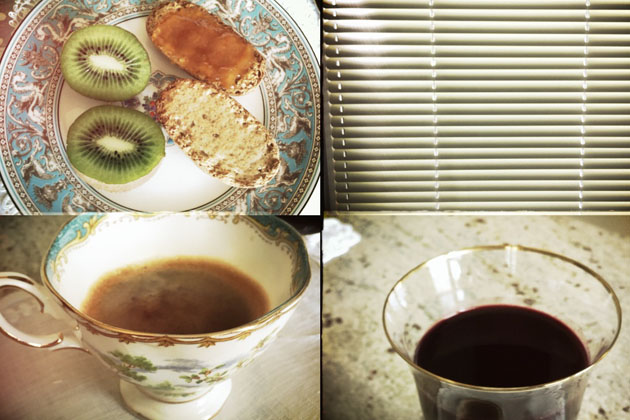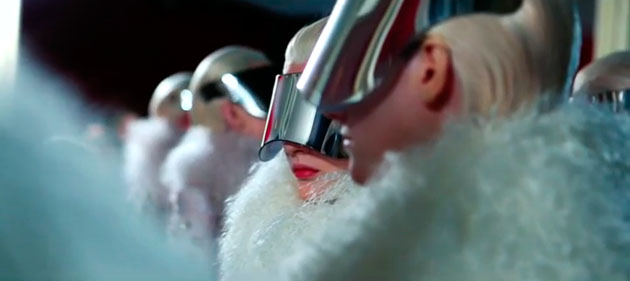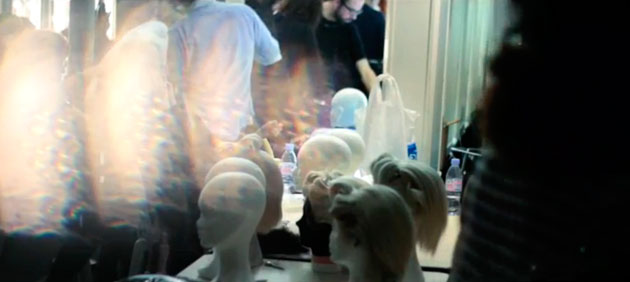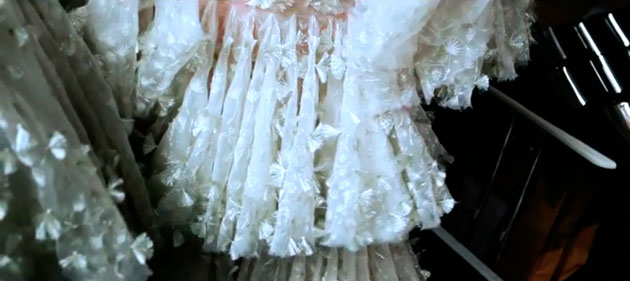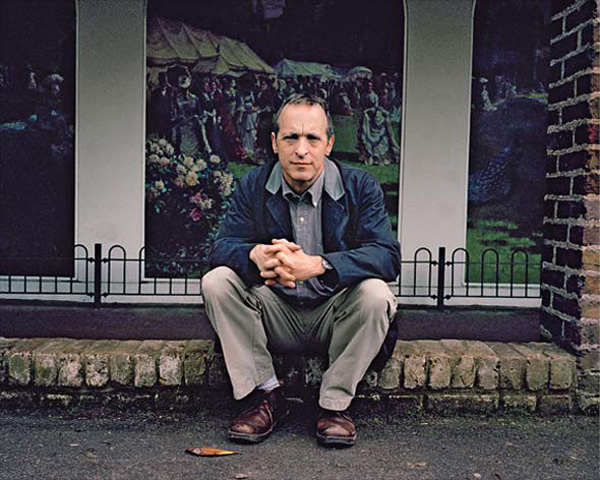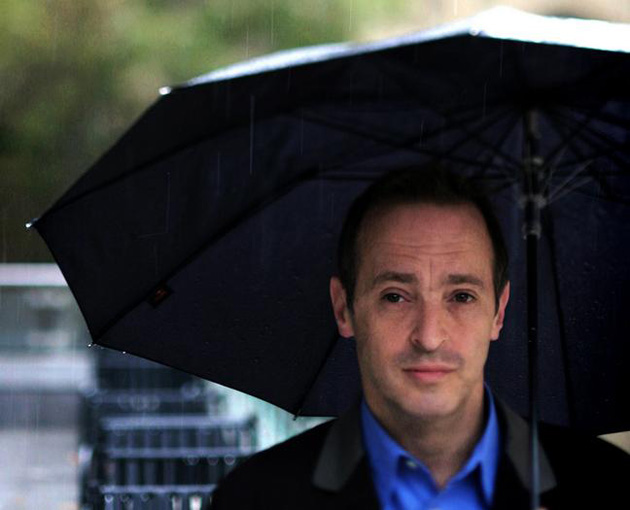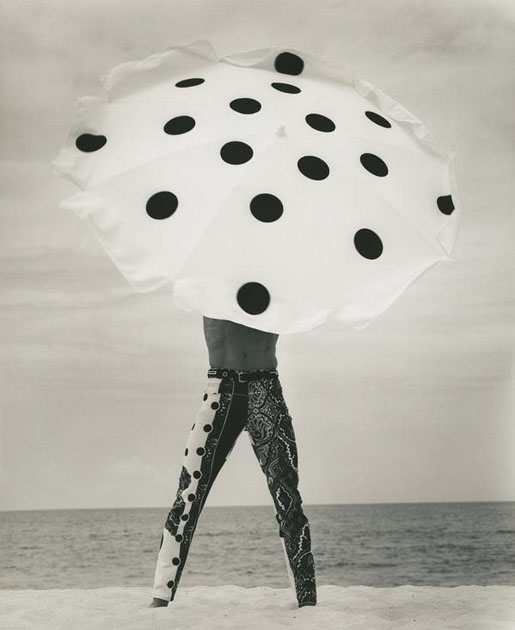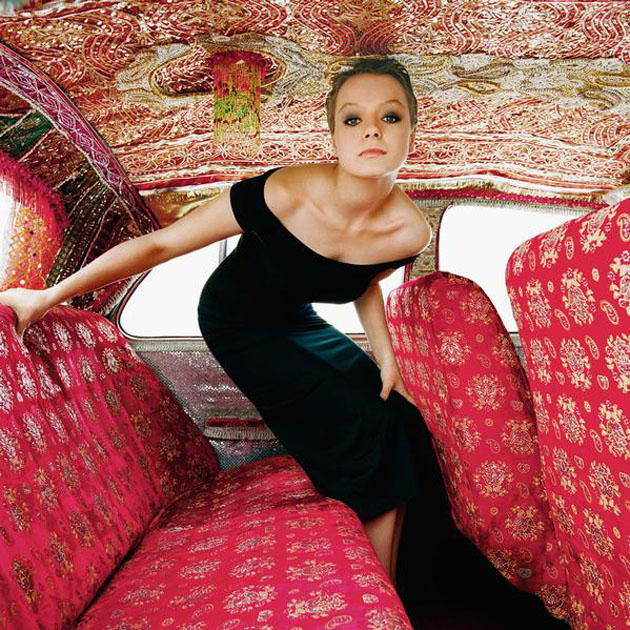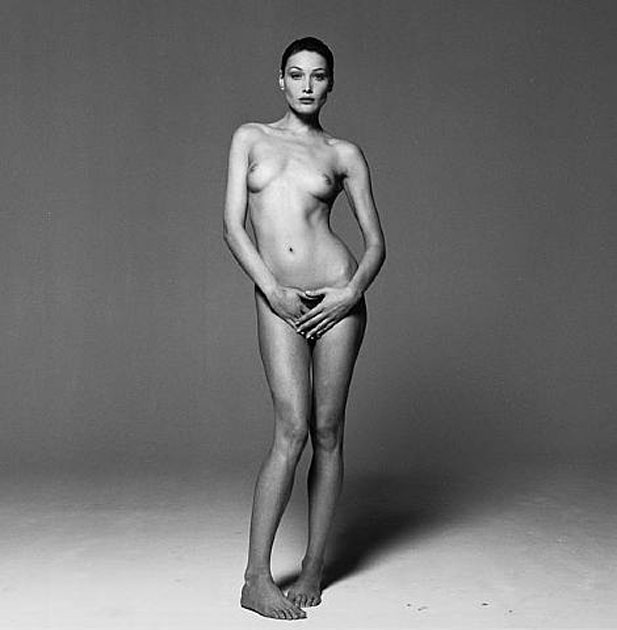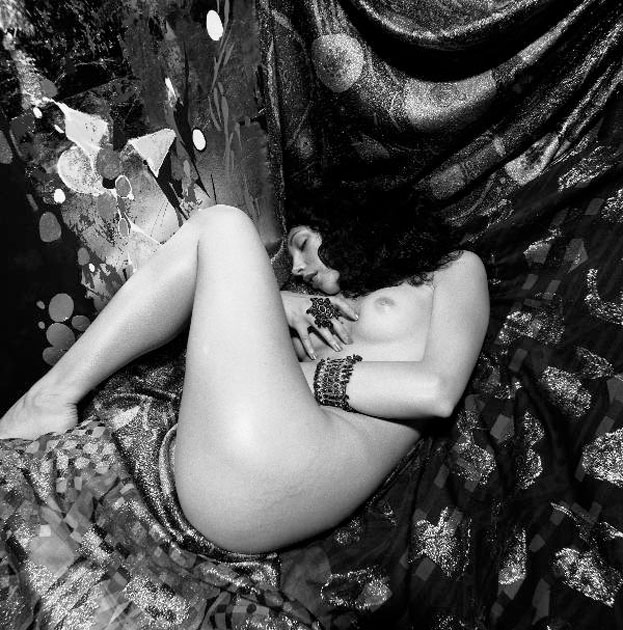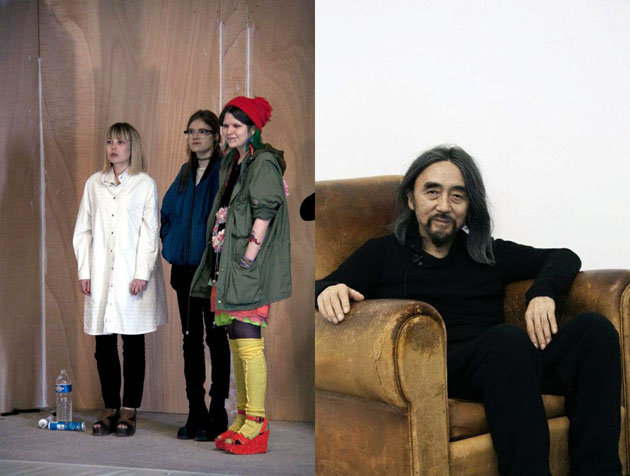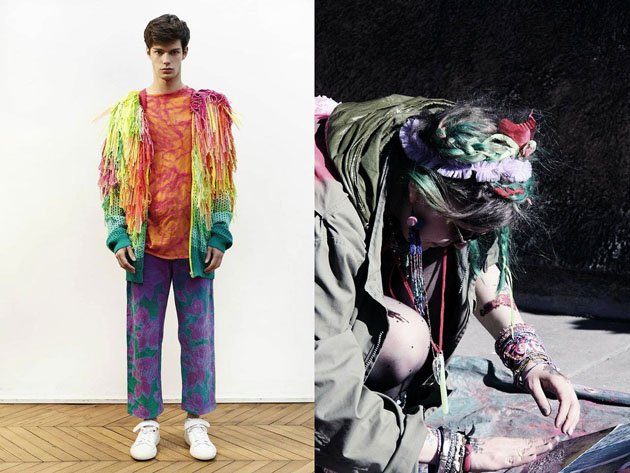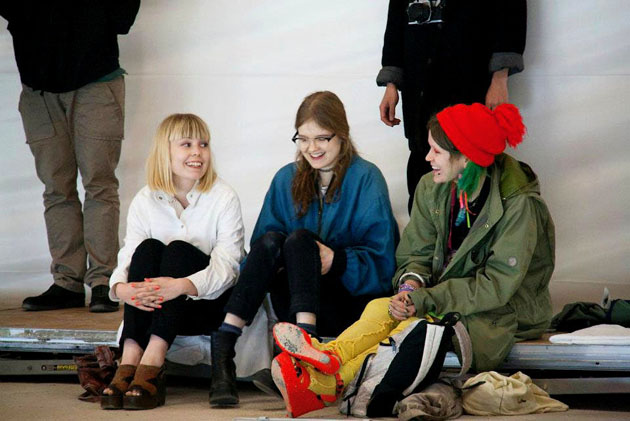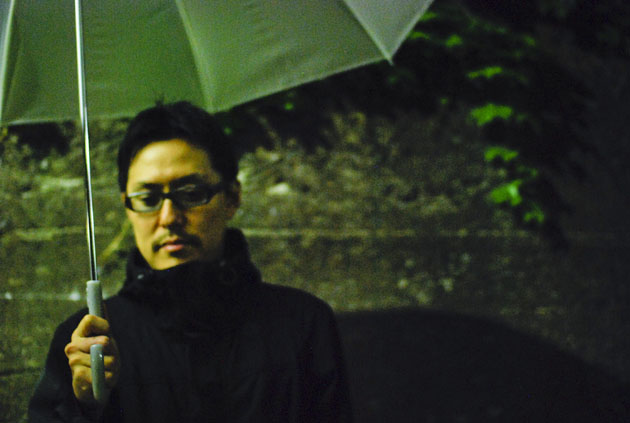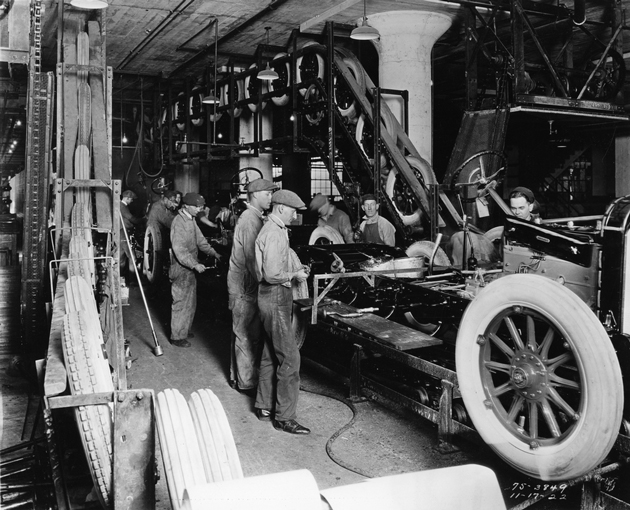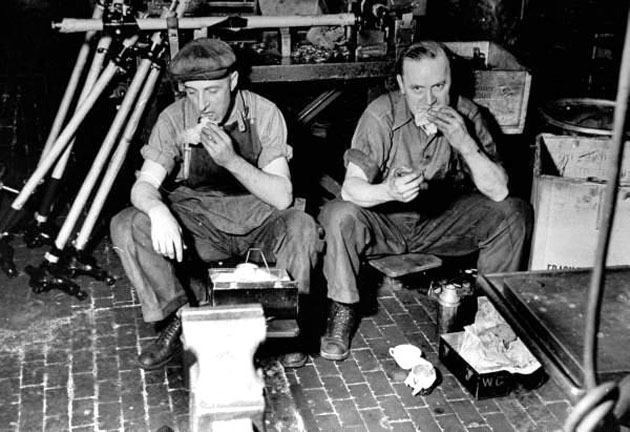.
General Ideas of Utilitarity by Bumsuk Choi
While critics may claim that the only solid idea in menswear is updated classics, South Korean designer Bumsuk Choi has proved that the tailored or casual sportswear-universe isn’t just one-dimensional.
During the past seasons, South Korea has climbed the fashion ladder and proved its capability. In addition to designer German/Korean Siki Im, Bumsuk Choi is making a name for himself in the business with his brand General Idea, as he was the first person of Korean descent to present his collection during New York Fashion Week, and the youngest person ever to participate in Soul Fashion Week. Since the inception of General Idea in 2004, he has collaborated with a small team of experts to translate his visions and ideas into seasonal collections.
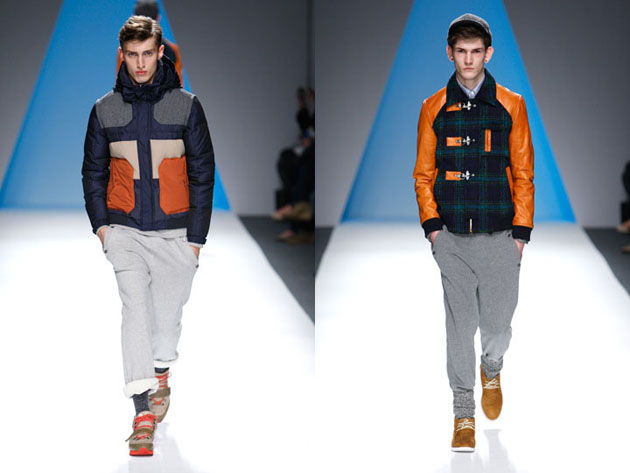
If sporty elements have become somewhat synonymous with South Korean aesthetics, the coming fall/winter isn’t an exception. Choi has dug deep into archived images of hockey players specifically during the 1968 Winter Olympic games, whose slick mid-century silhouette has been infused with General Idea’s modern take on utilitarian and athletic menswear. The result is a transformation of sportswear uniforms into everyday prêt-a-porter.
The main concept throughout the whole collection is the outdoor sportsman, and how he with carefully chosen garments can find protection from the elements of nature. Trousers with knee pad details, varsity jackets with toggle buttons and parkas with quilted fabric accents were all parts of the “After-Games”-themed collection which transcended a wide colour scale, from neutral olive green tones, to burgundy, beige, orange and dark blue nuances.
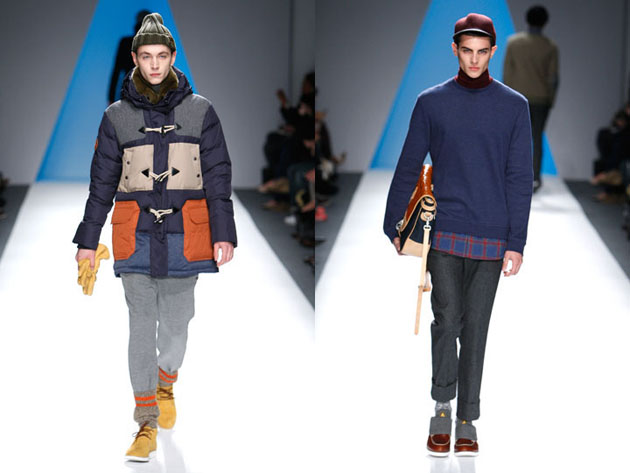
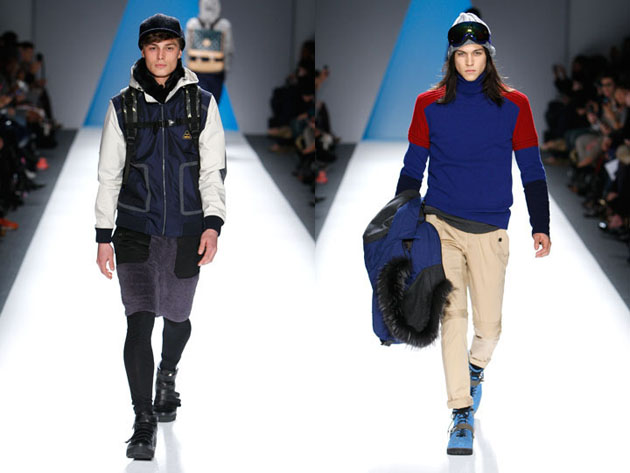
Other than creating wearable athletic gear with nifty detailing, Choi has also gone beyond clothing, to design a Formula 1 Race Car for Mild Seven’s Renault F1 Team in 2006, packaging and uniforms for Heineken, and an Absolut Vodka bottle. For Fall ‘09, he additionally made a capsule collection for Puma Black Station custom made to the Asian market
To resume his approach to General Idea, Choi claims, “There are a lot of different people in the world, depending on religion, culture, nation, ideas, etc. Therefore, a missing button on one person’s shirt can be my general idea since it is my own point of view. That’s why I named my own label ‘General Idea’ to show my unique style.”
